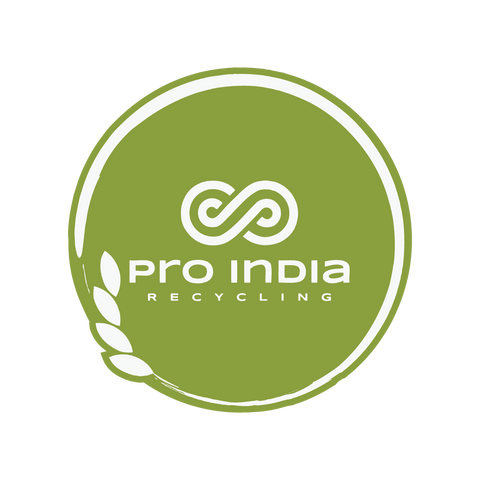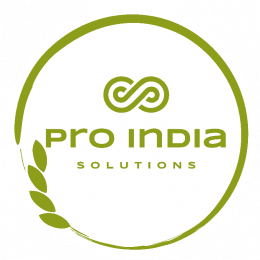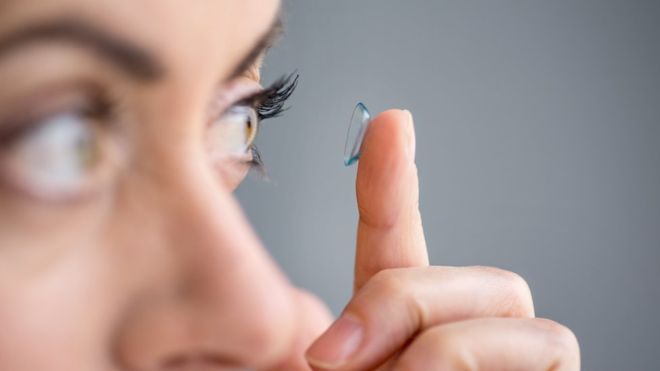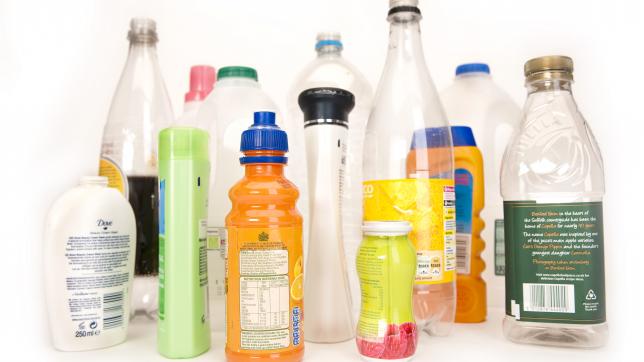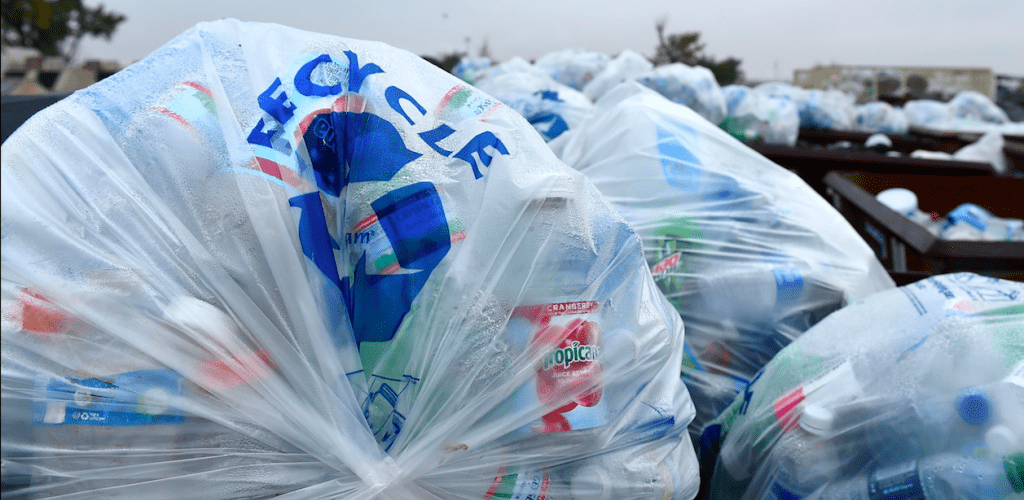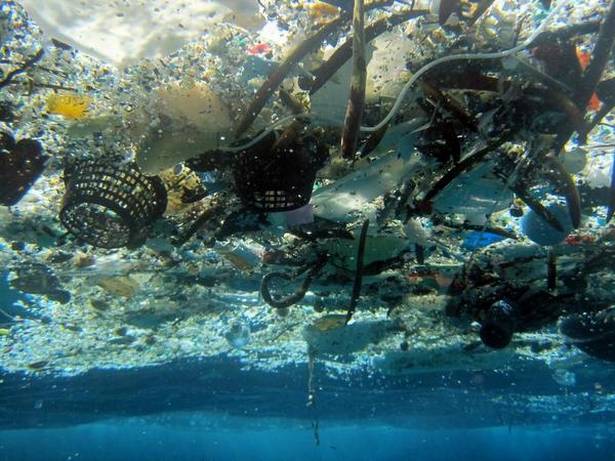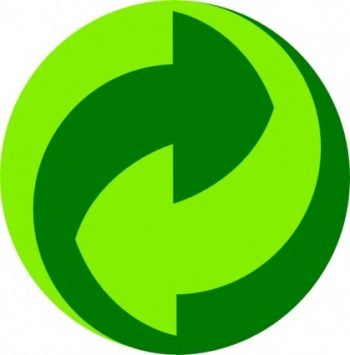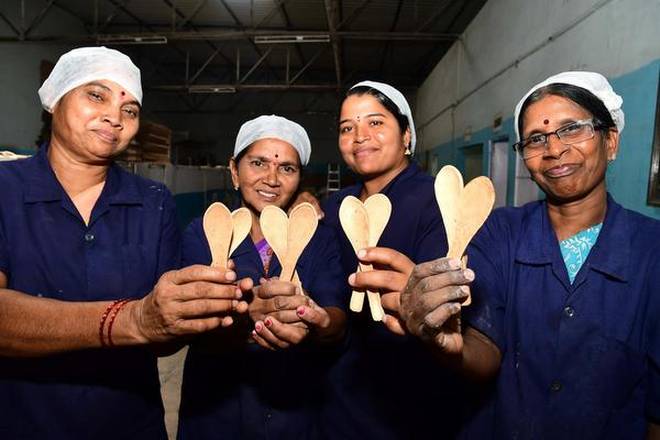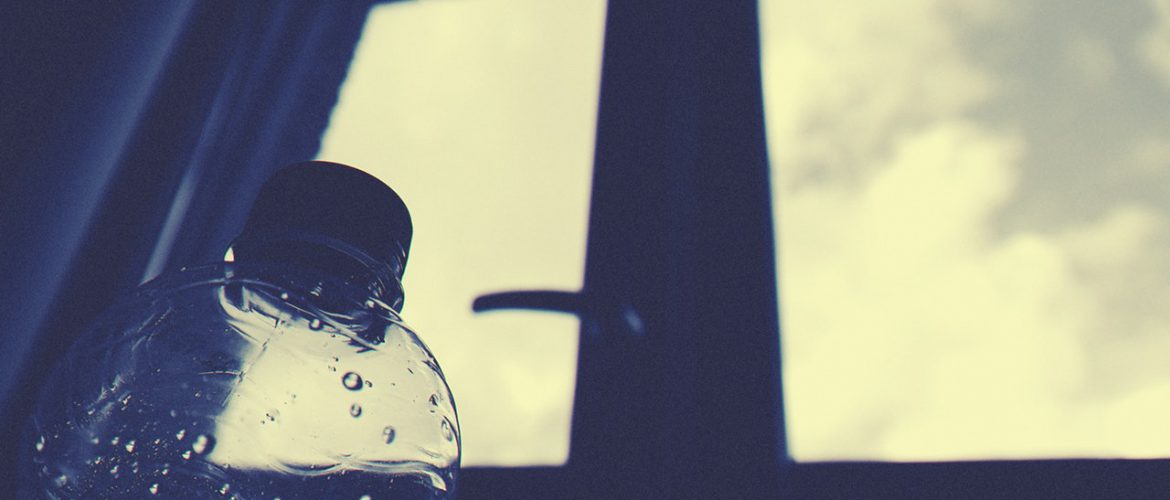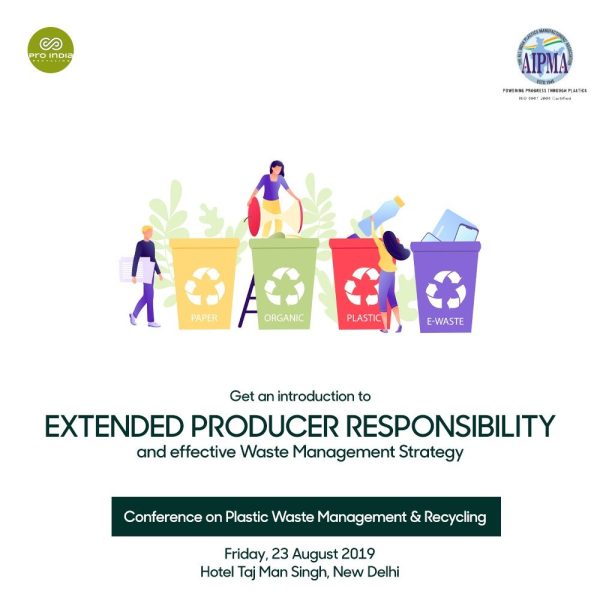Researchers in the US have been investigating the final journeys taken by disposable contact lenses. They found 15-20% of US users simply flick these fiddly lenses down the drain via the bathroom sink or toilet. The Arizona State University study suggests that much of the plastic material then ends up in waste water treatment plants. The lenses are consequently spread on farmland as sewage sludge, increasing plastic pollution in the environment. Around 45m people wear contacts in the US, while rates in other countries
In recent years, the concept of extended producer responsibility (EPR) has caught on, first in Europe in the 1990s and since then in the rest of the world, including the U.S. The concept is relatively simple: Companies that make consumer goods are given responsibility for managing their products and packaging at their end of life. The concept, as the Journal of Cleaner Production points out, is to turn what was formerly waste “into the ‘food’ for industry and the next
Plastic is an invention that turned into Frankenstein’s monster. Benefits of plastics are undeniable; they are economical, portable and durable. But this advantage (extended durability) has now become its greatest disadvantage. India generates about 15,000 tonnes of plastic waste per day and contributes to 8 per cent of the total solid waste generation. The problem, however, is not the quantity of waste generated, but the fact that only 60 per cent of it is processed and the remaining 6,000 tonnes of
Plastic used in everyday objects from bottles to packaging emit greenhouse gases when exposed to sunlight, according to a study released on August 1, as global concern about its impact on the world’s oceans grows. Plastic pollution has come under increased scrutiny from environmentalists as the scale of the problem has become clear – this year it emerged that a giant island made up of plastic waste in the Pacific Ocean was far larger than thought. Now scientists have discovered that commonly used plastics
When you buy Food in Europe, Please Beware of the Green Dot on the item. It is different from the Green Dot thta is used for marking vegetarian food in India. Green Dot as many people have seen on the food packaging in India is very different from the financial symbol that is used on the packaging material in around 146 countries of the world. Der Grune Punkt or The Green DOT is a packaging symbol telling users that the
Narayana Peesapaty’s phone rings incessantly. Taking a break from the calls he says, “Enquiries about the product and machinery keep me busy all day. Even while I am at the factory, my staff and I get very little time to do any other work. ” Some of these phone calls are to congratulate Peesapaty for the Swachh Bharat Award, which he received on June 23 from Prime Minister Narendra Modi, on the occasion of World Environment Day. Apart from the congratulatory
Consumer goods companies across beverages, processed foods and alcohol have begun exploring alternative packaging solutions, including glass, to reduce use of plastic on mounting concerns over plastic waste, and possible bans by more state governments after Maharashtra. While companies such as Pepsi-Co, Cremica Food Industries, and Allied Blenders and Distillers consider increased use of glass in packaging, they feel adopting collaborative technology to recycle waste is the best way to .. Read more at: //economictimes.indiatimes.com/articleshow/64848893.cms?utm_source=contentofinterest&utm_medium=text&utm_campaign=cppst
